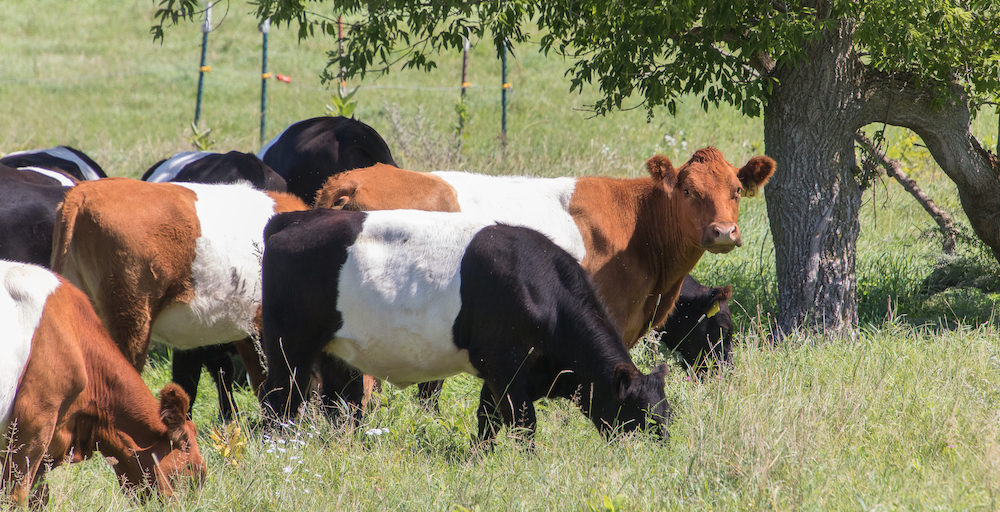
Reginaldo (Regi) Haslett-Marroquin gets the big picture…the very big picture when it comes to understanding what’ll take to re-imagine and re-install a sustainable food system in America. No, not just sustainable; resilient. And, no, he’s not just about an abstract picture of the economics, agricultural theory, social linkages and ideal delivery systems. He’s very much about dirt under the nails: about working with Latino immigrants to develop an integrated set of systems to get and grow chickens, feed them, process and market chickens, package and transport chickens, and get them into the hands of everyday buyers – you and me. And while doing this create a web of capabilities that provide living wages, future growth, and ability to respond to changing markets. He’s fostered a working model in Minnesota. It’s exciting to hear what happening, what’s showing real results for a growing community.
I hope you’ll enjoy this Deep Roots Radio conversation with him.
Regi is the chief operating officer of Main Street Project, in Northfield, Minnesota, and designer of MSP’s Sustainable Food and Agriculture program. His work started, however, in much warmer place and very different circumstances. A native of Guatemala, Regi received his agronomy degree from the Central National School of Agriculture and studied at the Universidad de San Carlos in Guatemala. BA in International Business Administration from Augsburg College. He began working with indigenous Guatemalan communities in 1988. He has served as consultant to the United Nations Development Program’s Bureau for Latin America. He also founded the Fair Trade Federation and co-created Peace Coffee company. He has also organized several stewardship-certified cooperative forestry businesses in the Midwest and Guatemala.
About Main Street Project
Mission: To increase access to resources, share knowledge and build power in order to create a socially, economically and ecologically resilient food system.
Its strategy is to: change the current food system, which is dominated by major producers, by deploying an alternative, small-scale sustainable poultry-based system that’s accessible and economically viable for aspiring Latino and other immigrant farmers, and easily scalable to meet market conditions.
MSP focuses on building a sustainable food and ag economy that offers pathways out of poverty for low-way, primarily for the Latino workforce.
They’ve developed new models of sustainable production that provide opportunities for ownership and control – key to building rural family and community prosperity.
Enjoy.
Sylvia























